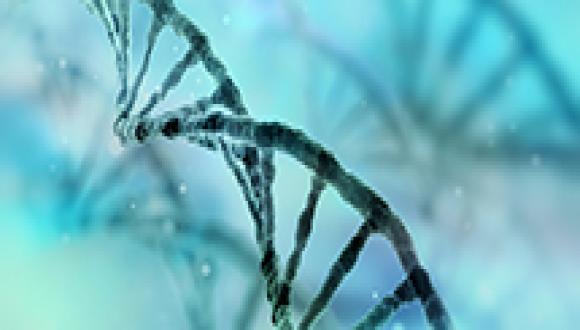סמינר המחלקה להנדסה ביו-רפואית מפי תלמידת המחלקה לתואר שני -הלן גז
By Helen Guez Galila
Over the past few decades, tissue engineering has been growing and developing in the biomedical world, as it holds great promise for improving the health and quality of life for millions of people, by developing functional substitutes for damaged or diseased tissues. In some applications, injectable scaffolds, a unique therapeutic method used for tissues that are difficult to reach, are needed. For scaffold materials, hydrogels are preferentially selected due to their network structure and similar compositions to the extracellular matrix. The requirements for polymeric hydrogels for scaffold applications are first of all biocompatibility, as well as other mechanical and physical properties, such as the tensile strength, young's modulus, gelation time, viscosity, porosity, and enzymatic degradation rate.
Catheter delivery of hydrogel-based scaffolds is novel and provides unique challenges and design parameters for the biomaterial. The main goal of this research is to develop and study new hydrogel formulations that can be injected through delicate, long catheters, together with air, and used as porous scaffolds for treating a variety of internal ailments.
Novel hydrogels based on gelatin, with alginate as a polymeric additive and crosslinked by carbodiimide were developed for this purpose. Their mechanical and physical properties were measured and analysed. Comparisons of differing concentrations of gelatin and EDC, as well as those of varying ratios of polymer-to-air foams were done in order to find the optimal polymeric formulation for catheter-based injection into the body. In addition, the influence of injection via catheters of different lengths was studied. Our results showed that gels with 200mg/ml gelatin, 10mg/ml alginate, and 20 mg/ml carbodiimide concentrations are ideal. Using this formulation, foamed polymers with ratios of 1.25:1 and 1:1 (polymer-to-air) displayed optimal mechanical properties. It was also concluded that injection via catheters have no significant effect on any mechanical or physical properties, proving the great potential of this therapy. Finally, it was shown that both tested hydrogel formulations can withstand an ample amount of time with minimal weight loss in 100% humidity
nvironments (i.e. in the human body), as well as almost complete degradation in liquid surroundings, which shows the dynamic ability of our technology to be used in a variety of applications. Moreover, good biocompatibility results were obtained. The studied bioadhesive formulations did not induce any significant toxic effects on human fibroblasts nor on mouse-isolated mesenchymal cells. This study presents proof of the concept of using Gelatin-Alginate hydrogels as injectable scaffolds, and may comprise the basis for future studies, in vivo.
העבודה נעשתה בהנחיית פרופ' מיטל זילברמן
המחלקה להנדסה ביו-רפואית, אוניברסיטת תל-אביב
ההרצאה תתקיים ביום ראשון 10.03.19, בשעה 14:00
בחדר 315, הבניין הרב תחומי, אוניברסיטת תל אביב


